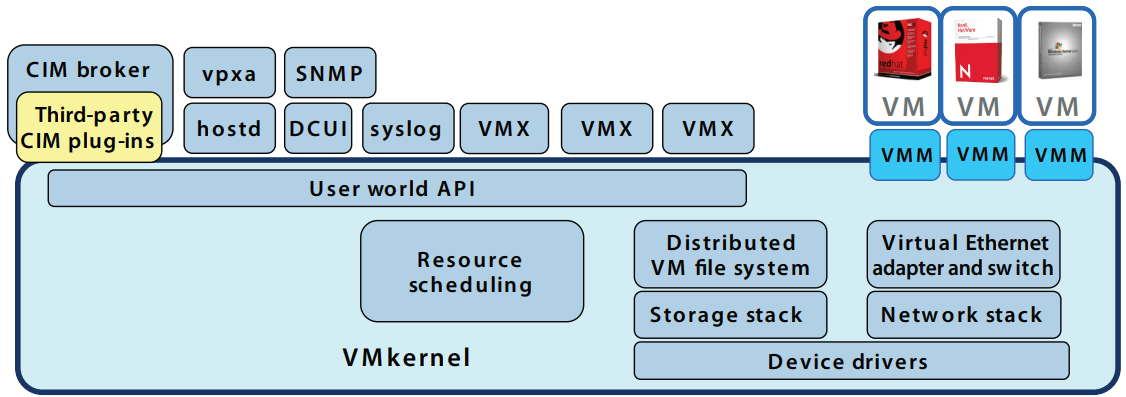

The BIOS (Generation 1) or UEFI (Generation 2) VM layout and "configuration version" are also built-in to the VHDX format and supported/migrated across the different Win8-10 and equivalent Windows Server versions. Developer boxes) it's really not an issue at all and Hyper-V is the more Microsoft aligned way to go for developers who write mostly Windows applications/services.

Hyper-V has had a standard VHDX configuration format since the early versions and since it became available on Ultimate/Professional editions of Windows (i.e. This advice is technically wrong even at the time of writing. Microsoft includes management of physical and virtual environments along with Hyper-V and VMware.įor Hyper-V vs. The only cost is for the System Center management framework. If you already have a Windows Server 2012 or Windows Server 2008 OS platform, you can download Hyper-V Server at no cost. vmx machines directly and is generally a bit easier to manage if performance becomes critical, you still have the ESX or ESXi upgrade option that you can use those same virtual machines with. If performance isn't really that big of an issue, then VMware Server may be the best option, for it can run most. With Hyper-V, I believe you would have to build the virtual machine on the target box for best results. With VMware, you could develop and test a virtual machine on your local system using VMware Workstation, Fusion, Server, or Player, and then deploy it to a production server later. The VMware platforms have been in use much longer, and are quite mature products and generally better-known for troubleshooting. VMware virtual machines are portable across different VMware products (although you may need to use their converter tool to go from some hosted virtual machines to ESX or ESXi).


 0 kommentar(er)
0 kommentar(er)
